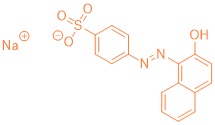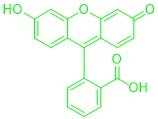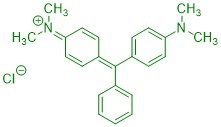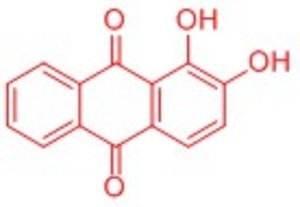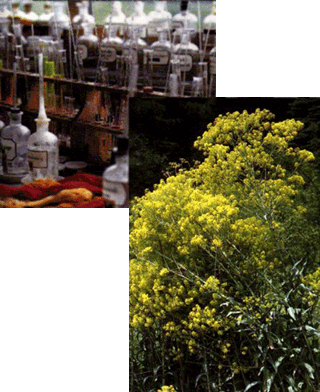
What do blue jeans, indigo and woad have in common?
Blue jeans are the result of vat-dyeing cotton with indigo, which can be obtained from the woad plant (Isatis tinctoria). Topic 4 of our proposal deals with the maceration of indigo from the plant material, which can also be home-grown, and a comparative presentation of this dye by chemical means. Furthermore, we are planning the "natural" and "chemical" representation of alizarin ("madder") from Isatis tinctoria, which has been cultivated and processed on a large scale for centuries. The dyes will first be characterized spectroscopically in order to understand the phenomenon of "color" on a physical level. Finally, vats will be used to dye textiles. The advantages and disadvantages of dye extraction using "biological" and "chemical" methods can thus be worked out. The oil of woad has recently been of particular interest as a natural wood preservative and will also be examined in terms of its processability as part of topic 4.

